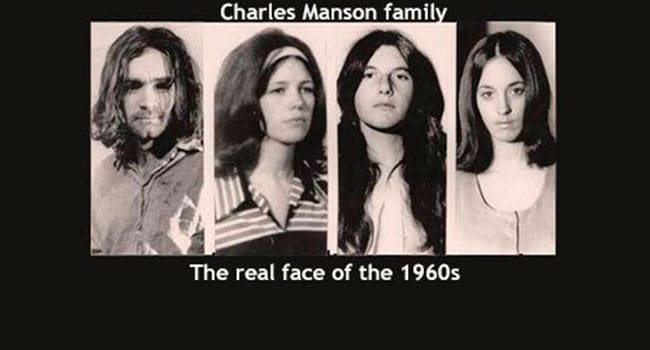 The Montreal Museum of Fine Arts is a major institution in Canada’s only real city, which is why its summer Revolution exhibit is such a serious letdown.
The Montreal Museum of Fine Arts is a major institution in Canada’s only real city, which is why its summer Revolution exhibit is such a serious letdown.
Devotees of the museum expect far better than Revolution’s intellectually lazy merchandising of 1960s mythology.
Based around the eponymous Beatles song, Revolution purports to be a fresh exploration and celebration of “the decade that changed everything.” It encompasses the roughly five-year span when the first wave of baby boomers left home and began behaving like cohabiting rabbits with Benzedrine in their water bottles.
It would be unfair and untrue to say the era was a complete disaster. It was, like many of the sentences of the drug-addled self-described “freaks” of the time, an incomplete disaster.
Admittedly, great music, however inadvertently or accidentally, was made in the 1960s. Major steps were also taken to break down truly evil social barriers around race, and related repulsive restrictions based on class and sex. There was a kind of necessary personal liberation but it became indistinguishable from pathological narcissism.
The notable invisibility of the period’s pathology is precisely what is so disappointing about the museum’s show. Yet again, one of the country’s major mediating institutions has given a pass to the destructive folly and violent fraudulence of the 1960s, rather than exposing the dark ugliness masked by all those drug-addled smiles.
Where was Charlie Manson, for example? His visage was nowhere visible in the cornucopia of images stretching from Bob Dylan’s Highway 61 Revisited all the way to Woodstock. Indeed, by the time we got to Woodstock in the exhibition space, the impression conveyed was that for a short, sweet time, happiness and light had reigned all year round while beautiful music played ever so loudly.
But Manson was every bit as much the epitome of the 1960s as the cherubic-faced Paul McCartney or the drunken doomed diva, Janis Joplin. He, too, wanted a “revolution” based on all out race war, and fittingly took the theme for it from the Beatles song Helter Skelter.
So, how does one of Canada’s finest art institutions in its only real city respond? It Photoshops him out of history, then drags and drops a kooky cartoon cast of happy clappy hippy love bugs into the white space that Manson properly occupied. In polite company, this is called Soviet-inspired propaganda technique. The more plainspoken term is historical lying.
I cite Manson’s missing mug merely as an example. Others, while not as overtly bloodthirsty, destroyed hundreds of thousands of lives through everything from the “revolutionary” advocacy of recreational drug use to the tearing down of essential social structures such as family, church and the possibility of faith itself. Where are their faces on the museum wall?
The paradox of their absence is that the very song that provides the exhibit its motif was precisely about calling to account the miscreants and outright murderers who painted black the bright dream of the decade. In his Revolution, the perpetually perspicacious John Lennon sings:
“But when you talk about destruction
Don’t you know that you can count me out. …
(And) if you go carrying pictures of Chairman Mao
You ain’t gonna make it with anyone anyhow. …”
The leading lights, and the traipsing hordes, of the 1960s did, of course, “go carrying pictures of Chairman Mao” while Mao was murdering 20 million or more of his countrymen. It was the blind veneration cum hypocritical vicarious thrill of such historical lying that Lennon was lampooning and decrying.
Climbing free of the wreckage of the 1960s, the Who’s brilliant Pete Townshend wrote a song in 1971 that should be the anthem of the benighted age:
“I tip my hat to the new constitution
Take a bow for the new revolution
Smile and grin at the change all around
Pick up my guitar and play
Just like yesterday
Then I’ll get on my knees and pray
We don’t get fooled again. …”
Don’t get fooled again! Now there’s theme around which some museum of fine arts somewhere – perhaps even in Canada’s only real city – might one day build a truly uplifting exhibition.
Peter Stockland is senior writer at think-tank Cardus and publisher of Convivium.ca.
Peter is a Troy Media Thought Leader. Why aren’t you?
The views, opinions and positions expressed by columnists and contributors are the author’s alone. They do not inherently or expressly reflect the views, opinions and/or positions of our publication.

